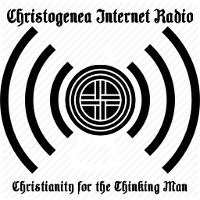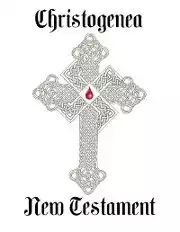
On Genesis, Part 50: Joseph, The First Prophet
As we have already seen in Genesis chapter 39 where we had discussed Joseph in Egypt, Sex, Lies and Prison, after an unspecified time as the steward of his master’s house in Egypt, Joseph was put in prison among the prisoners of the pharaoh, on account of his alleged attempt to violate the wife of Potiphar. Evidently Potiphar, an officer in the court of the pharaoh, had apparently had the authority to commit prisoners into the prison of the king. However Yahweh had blessed Joseph, and he became a steward of the prison, a sort of trustee, which is an inmate who is given certain responsibilities within a prison. Even today this is a popular phenomenon in modern jails and prisons, and it is often a significant aspect of their daily operations.
It is very likely that during this time, Joseph still had in mind the dreams which he had communicated to his brethren some years before. As it is recorded in Genesis chapter 37, “6 And he said unto them, Hear, I pray you, this dream which I have dreamed: 7 For, behold, we were binding sheaves in the field, and, lo, my sheaf arose, and also stood upright; and, behold, your sheaves stood round about, and made obeisance to my sheaf.” Then he told them again, “9… Behold, I have dreamed a dream more; and, behold, the sun and the moon and the eleven stars made obeisance to me”, and his brothers despised him for those dreams, precipitating the events by which he had become a slave in Egypt.
While Isaac had told Jacob that he would inherit the promises to Abraham, and he did, Isaac seems to have only been telling Jacob a plain and inevitable truth, and Yahweh God had upheld his words, so that they were not actually a prophecy. But here Joseph shall explicitly attribute his own ability to interpret dreams to God Himself, and that sets him apart as the first prophet, or at least, the first prophet of the children of Israel, since there is the much earlier Enoch to consider.





 On Genesis, Part 51: Redemption and Deliverance
On Genesis, Part 51: Redemption and Deliverance














